- Home
- slideshows
- miscellaneous
- The Cuyahoga River caught fire 50 years ago today. These stomach-churning photos highlight why the EPA exists.
The Cuyahoga River caught fire 50 years ago today. These stomach-churning photos highlight why the EPA exists.
The 1969 fire on the Cuyahoga was not the first. Flames broke out somewhat often on the water in Ohio in those days, sparked by oil and other contaminants dumped into the river.

“I remember watching blood and animal parts pouring out of the outfall and into the river,” Bob Wysenski, former assistant chief of the EPA’s Northeast Ohio District office, told Cleveland.com, referring to the regular dumping that occurred in the 60s.
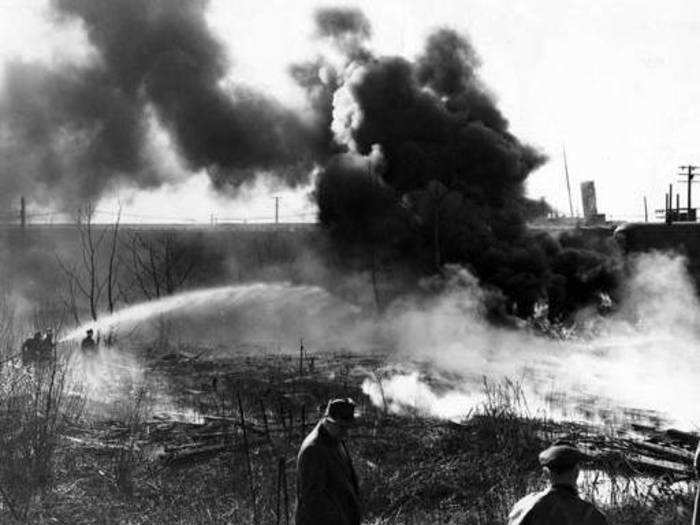
Source: Cleveland.com
“There were other days that the river was just orange from the pickling acid used by the steel mills," Wysenski said. "Depending on the day, you would routinely see oil slicks on the river."
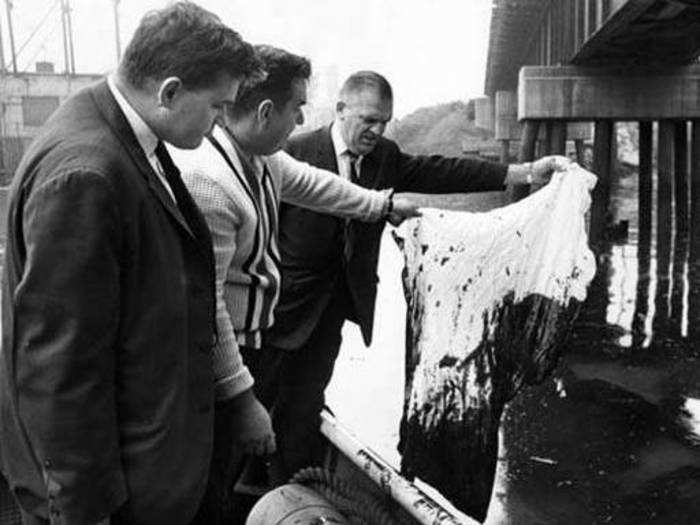
Source: Cleveland.com
“But the really amazing thing was that no one really noticed much,” he added. “Today those would be considered a major spill. Then, it was a regular thing.”
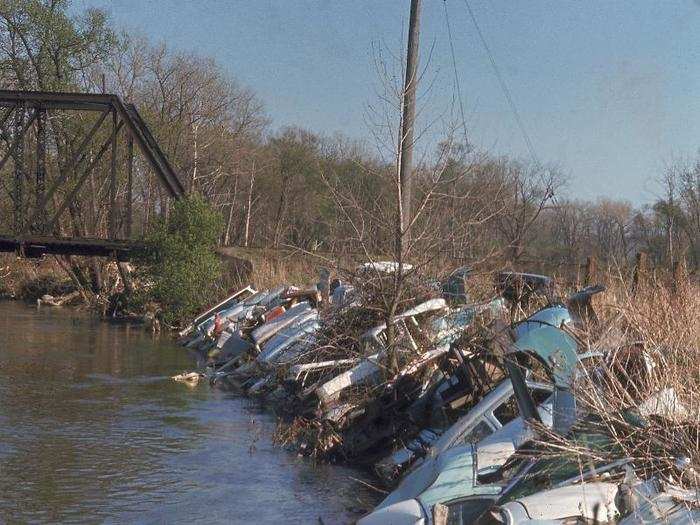
Source: Cleveland.com
At least 13 fires broke out on the river between 1868 and 1969. The largest river fire caused more than $1 million in damage to boats and a riverfront building in 1952.
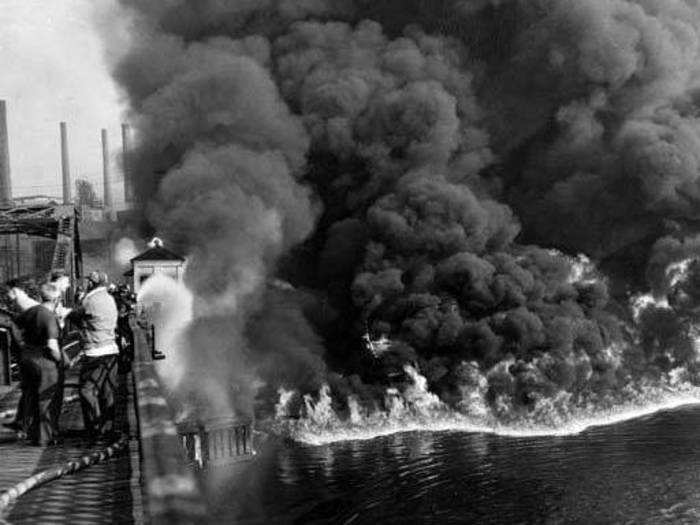
Source: US EPA
There were no fish to be found in the stretch of water from Akron to Cleveland in the 1950s and 1960s.
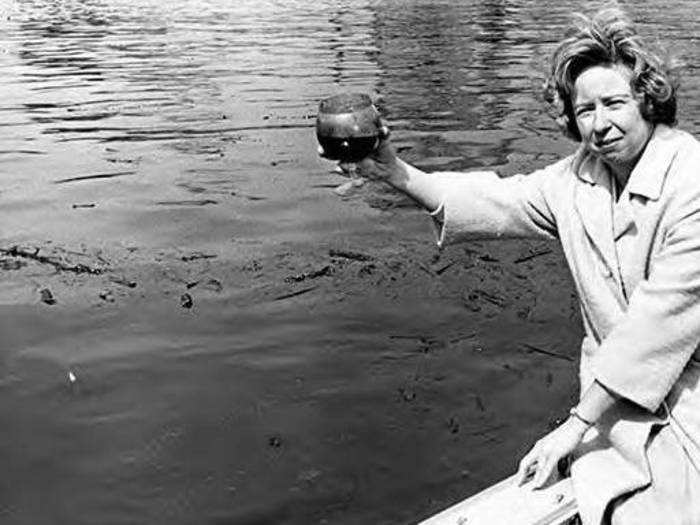
Source: US EPA
By 1968, the pollution had gotten so bad that foam was sprouting up on the surface of the water.
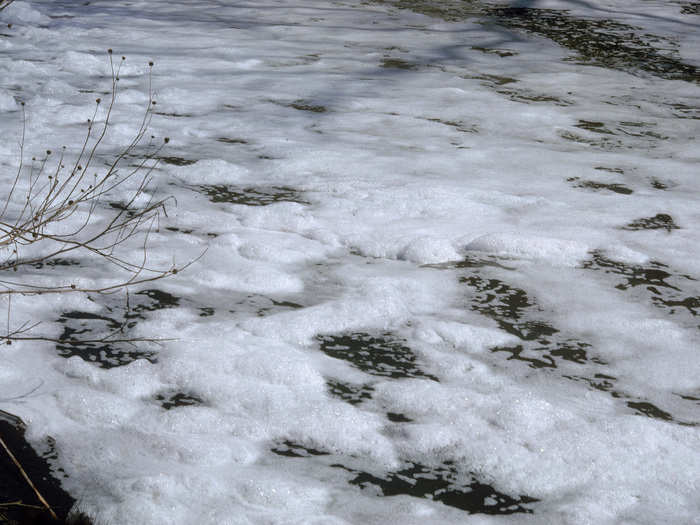
Foam can form on water naturally as a result of fats and oils deposited from dead plants. But that wasn't the case on the Cuyahoga: The foam was from detergent chemicals and factory discharge.
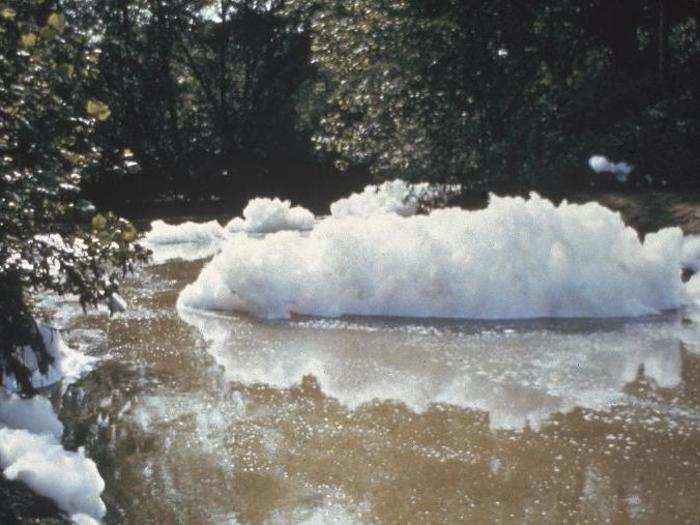
Parts of the river's bank were essentially junkyards by 1968.
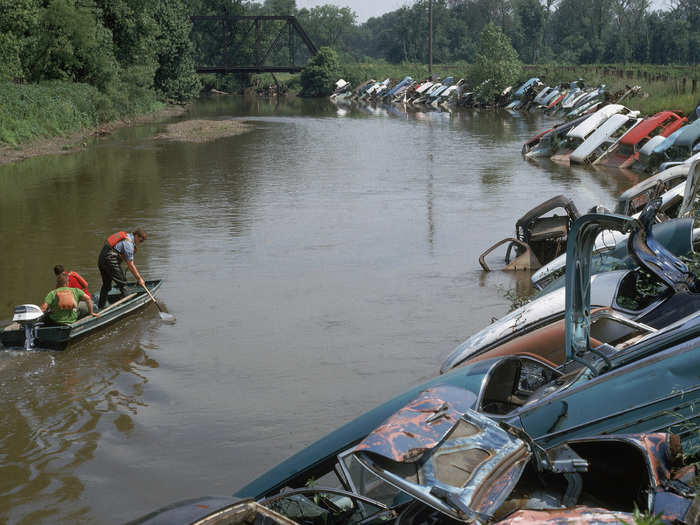
But in 1969, the river caught fire for the last time. No one knows for sure what started the blaze, but sparks from a passing train might have lit oil in the water on fire. The flames were extinguished in about 20 minutes, before any photos (that we know of) were taken.
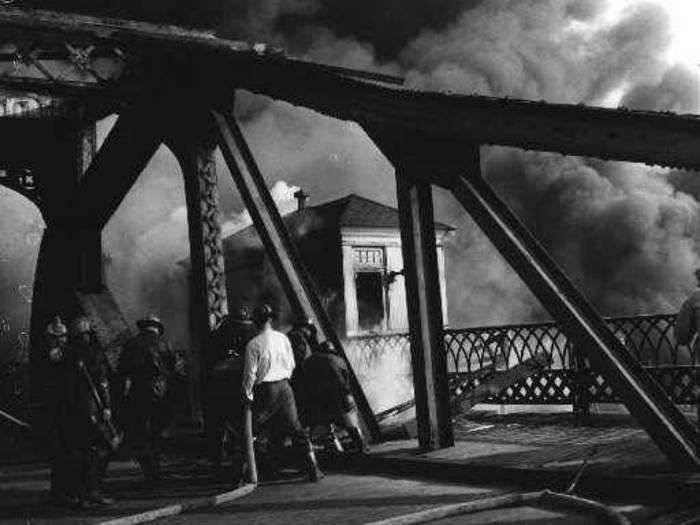
Sources: Time, "Not Enough to Drink"
But the nation took note. "It jelled people," Bill Zawiski, an environmental scientist at the Ohio EPA, told ABC News 5 in Cleveland in 2014. "It was the right place at the right time historically and the environmental movement, many say, started here."

Source: News 5 Cleveland
So in 1970, President Richard Nixon proposed creating the EPA. "We still think of air as free. But clean air is not free, and neither is clean water,” Nixon said in his 1970 State of the Union address. “The price tag on pollution control is high. Through our years of past carelessness we incurred a debt to nature, and now that debt is being called."
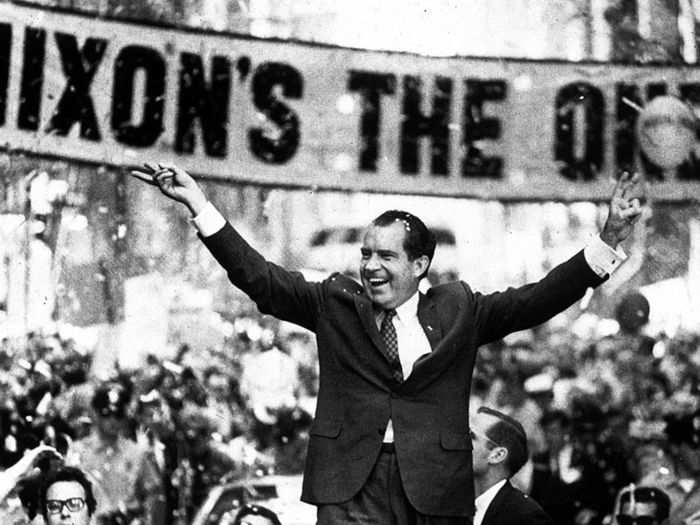
Source: Business Insider
The US Clean Water Act, which the EPA says "established the basic structure for regulating pollutant discharges into the waters of the United States," was passed in 1972. But things didn’t get better immediately. Plenty of air pollution was still visible on the Clark Avenue Bridge above the Cuyahoga River in 1973.
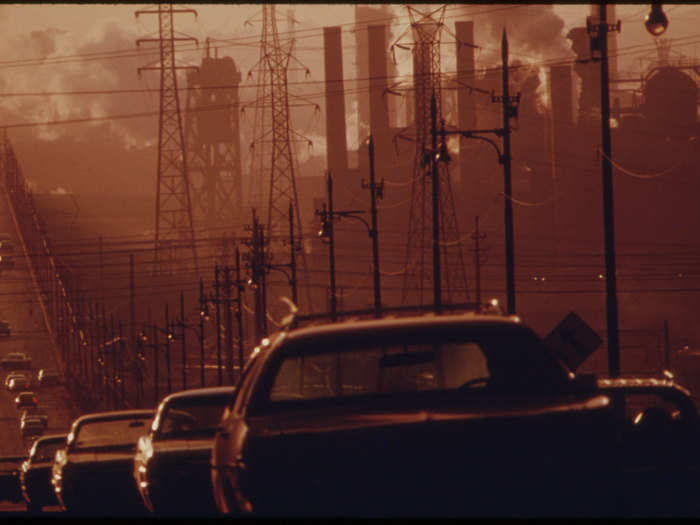
Source: EPA
And contamination in rivers and air wasn’t limited to Ohio, of course. Here's a look at other industrial areas of the US in the 1970s. The image below shows orange-ish water in a drainage ditch in Pittsburgh, Pennsylvania.
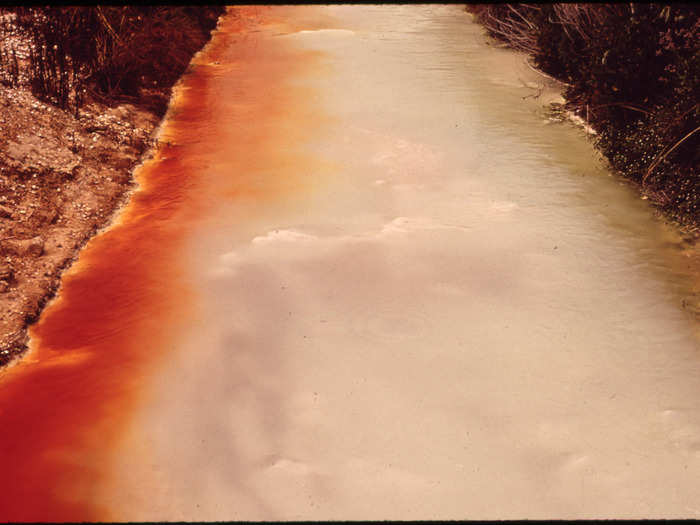
In Maine, effluent gushed from the International Paper Company Mill into Allen Brook, near its intersection with the Androscoggin River.
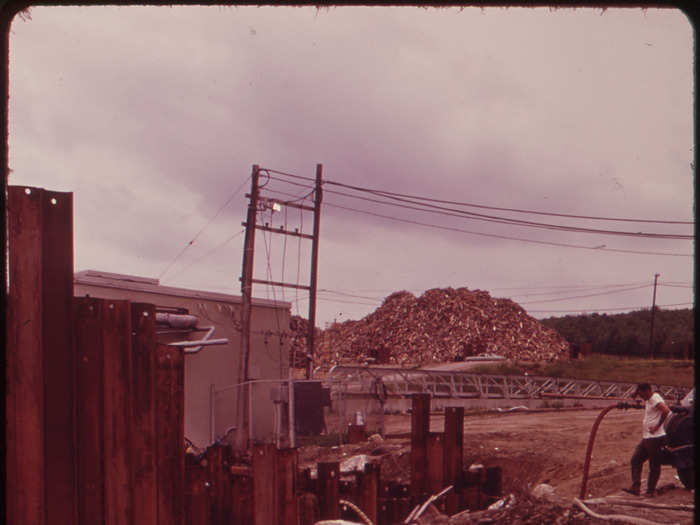
You could see the Androscoggin pollution from the air.
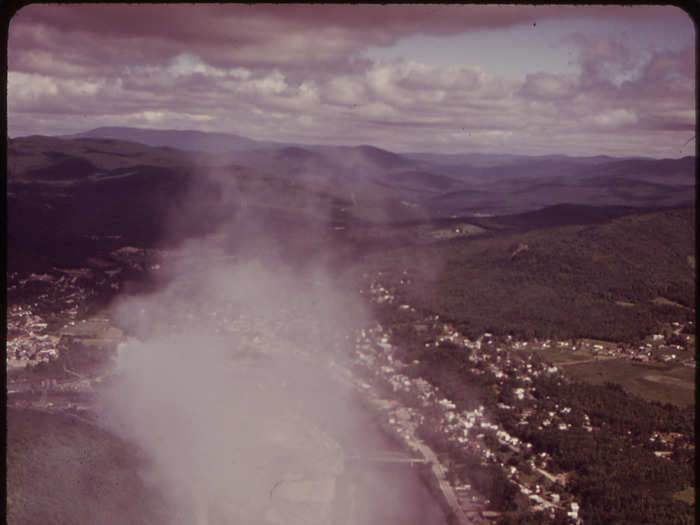
Toxic sulfur fumes continued to pour out of a chemical plant on Lake Charles in Louisiana in the summer of 1972 ...
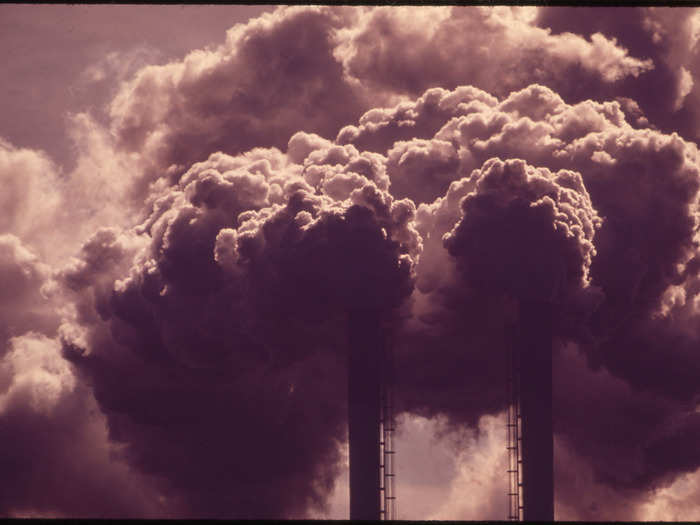
... While swimmers floated nearby in the mercury-laden waters.

Along the Mississippi, more watery junkyards could be found.
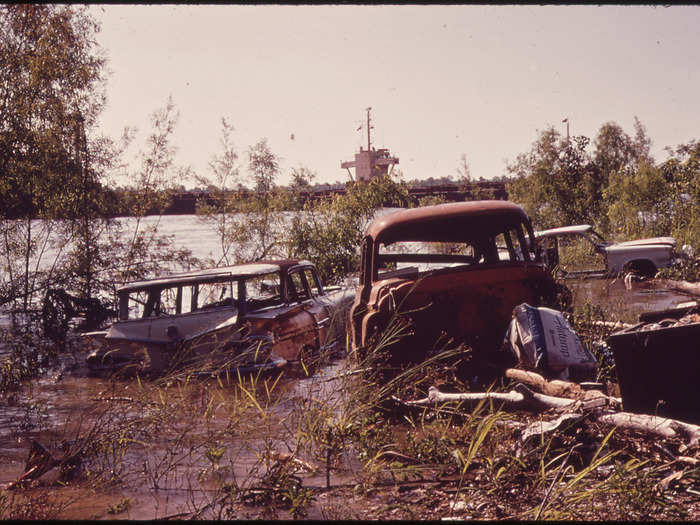
But by 1978, the Cuyahoga River had started to look a little better.
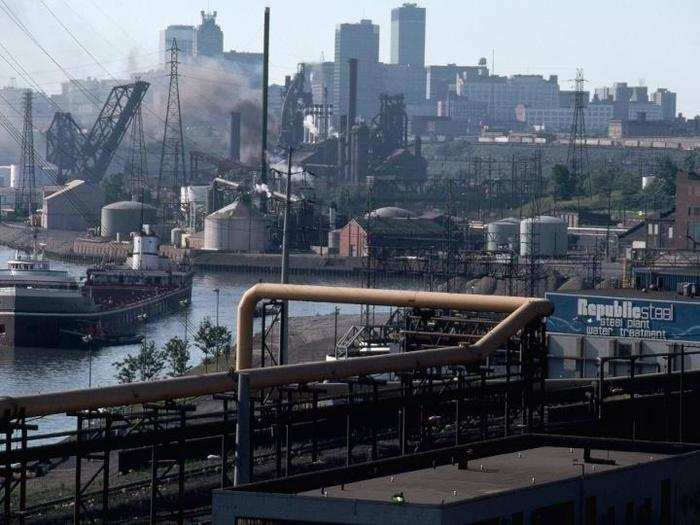
It's not perfectly clean today, but you're more likely to see floating winter ice than toxic foam.
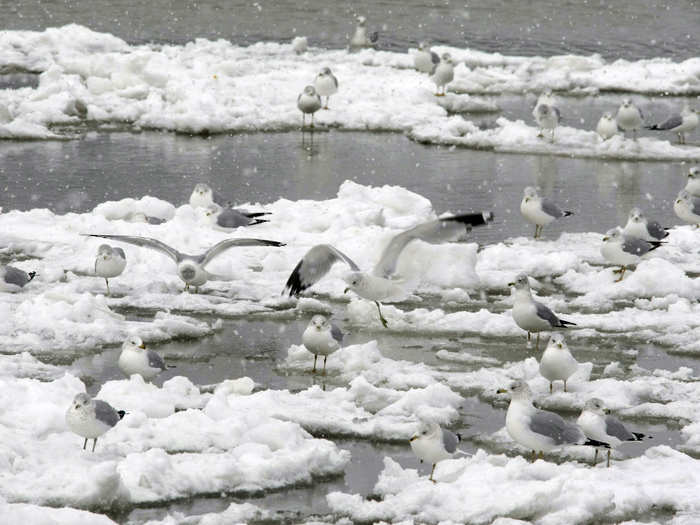
The EPA recently announced that people can now safely eat fish caught in the area from Gorge Dam to Lake Erie on the Cuyahoga River. “If you safely can eat the fish, we know that’s a great indication that water quality is improving,” Ohio EPA Director Laurie Stevenson said.
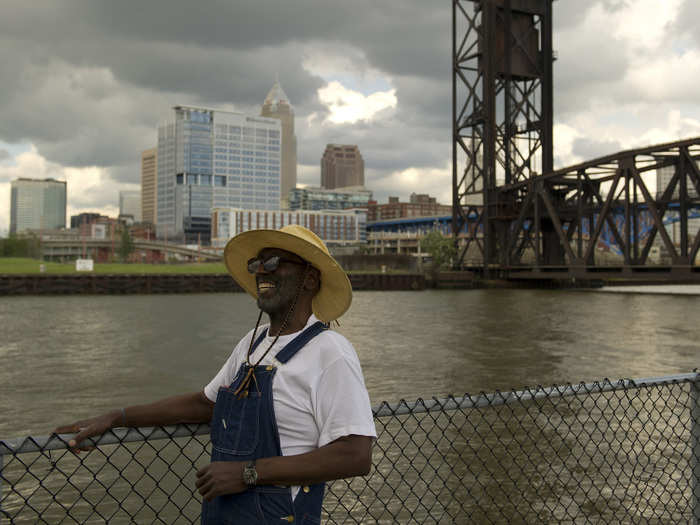
Source: Ohio EPA
But the work isn’t done. “We need to continue to invest in our water resources so that we can see additional improvements,” Ohio Governor Mike DeWine said.
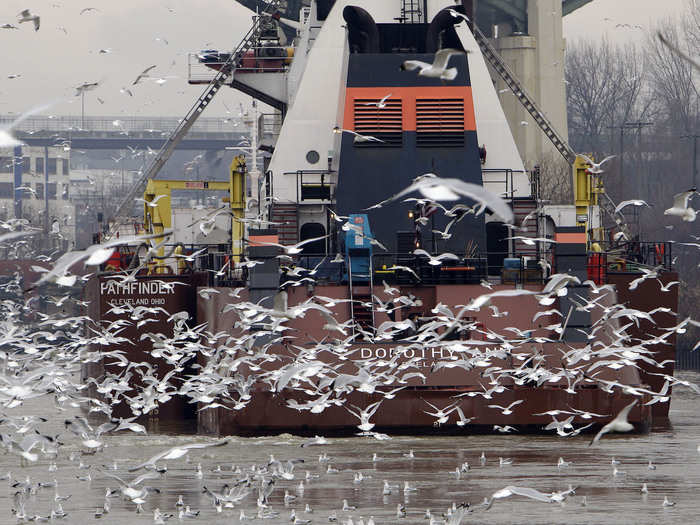
Source: Ohio EPA
As President Ronald Reagan put it in his 1984 State of the Union address: "Preservation of our environment is not a liberal or conservative challenge, it's common sense."
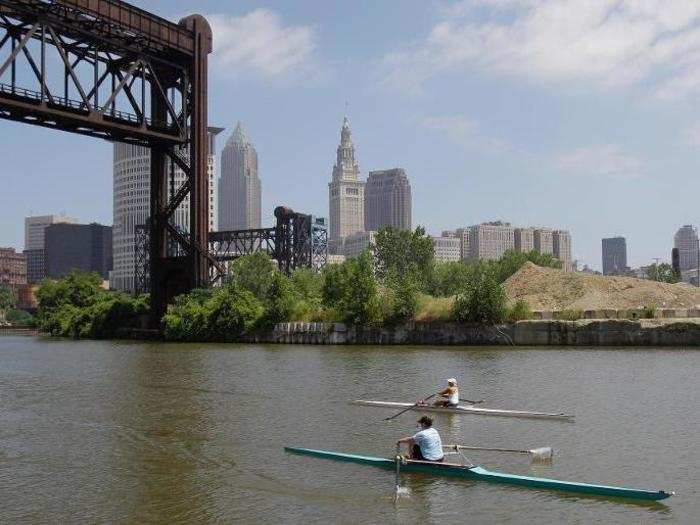
Popular Right Now
Popular Keywords
Advertisement